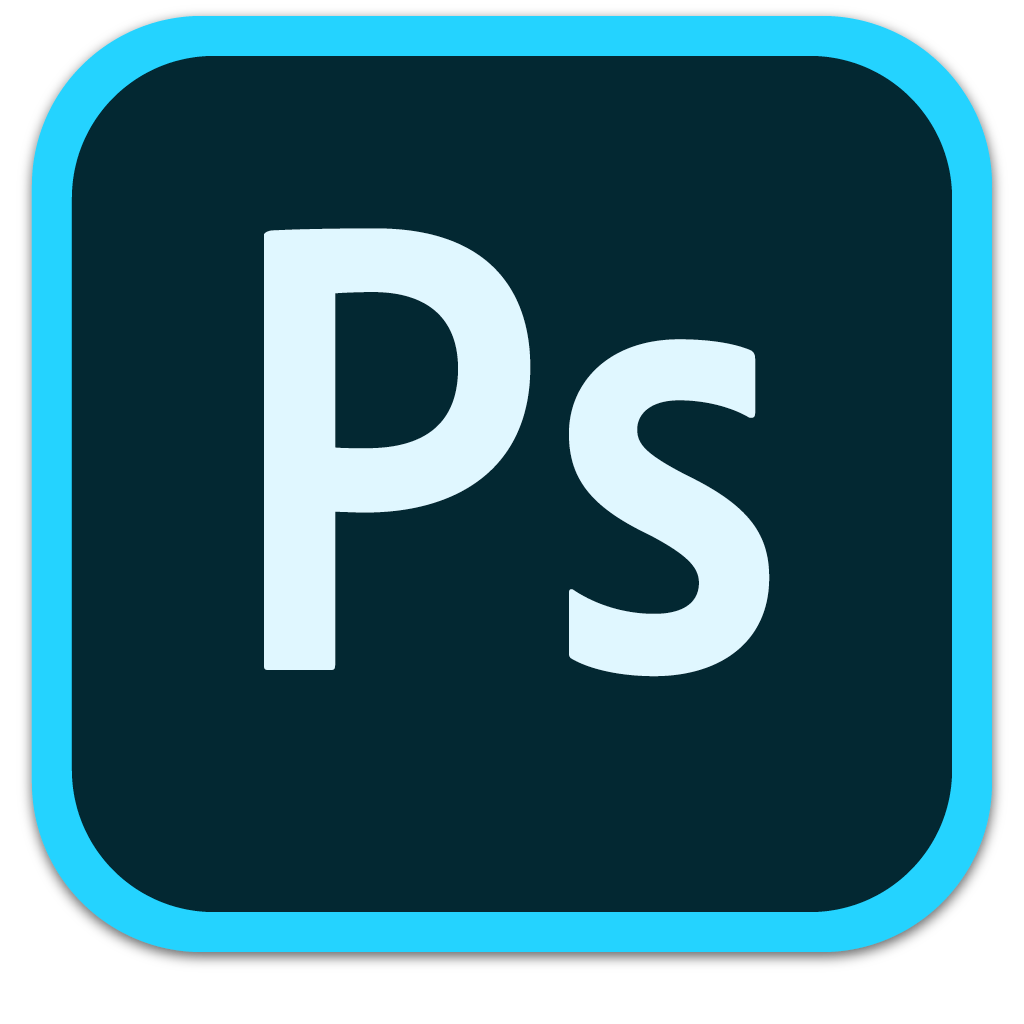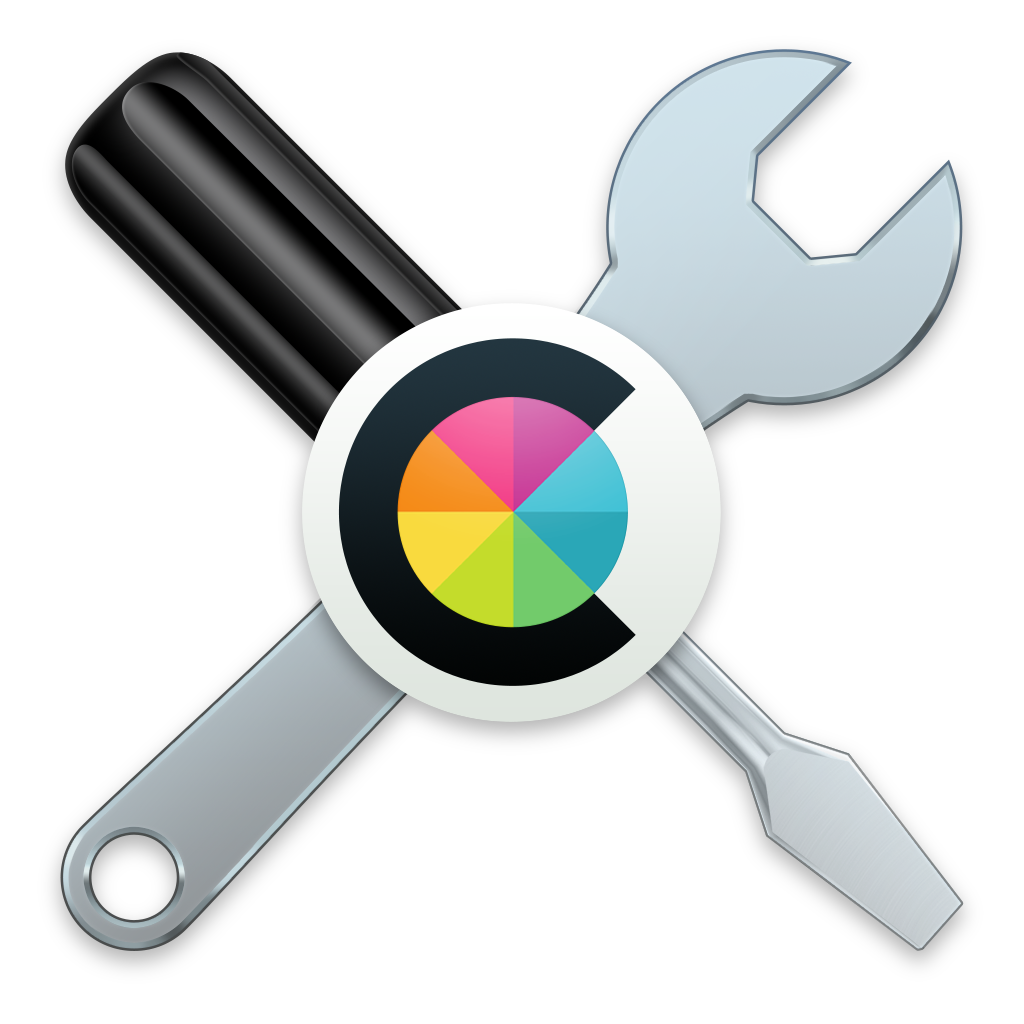Photo Management Lightroom I
Adobe Photoshop Lightroom gives you the power to produce the best images possible from your digital photographs. It doesn’t matter if you are working with 1, 100, or 1000 images. Lightroom gives you the power to organize, create, and showcase your work, all while working with state-of-the-art nondestructive editing tools. After perfecting your images, Lightroom’s powerful output functions help you print, create slideshows, and even web galleries and publish to the top photo-sharing websites. Lightroom is your all-in-one digital darkroom and digital image software. This course covers the Photoshop Lightroom user interface. Lightroom differs from Photoshop (and Adobe Bridge) and can empower photographers to expand their creative potential. This class will cover, in detail, the Library and Develop section of the Lightroom user interface and its function and touch on the Slideshow, Print, and Web sections.
Photo Management Lightroom II
In these classes, you will learn to develop images, Adjust image color and tone, Work in gray-scale, Adjust crop and rotation, Retouch photos, Apply local adjustments, Sharpening, noise reduction, and process version, Correct lens distortion and adjust perspective, Vignette and grain effects, Apply to Develop adjustments to other photos and Manage image history and snapshots also you will work Export photos to disk or CD, Create Export Actions, Export photos using the previous settings, presets, to Facebook, Flickr, Adobe Revel, SmugMug, Export to Hard Drive using Publish Services Also we will review how to edit in other applications, Specify external editing preferences, Open photos in Photoshop, Merge photos as panoramas in Photoshop and Merge photos to HDR in Photoshop. You will also learn how to create slideshows, web galleries, and print from Photoshop Lightroom.


